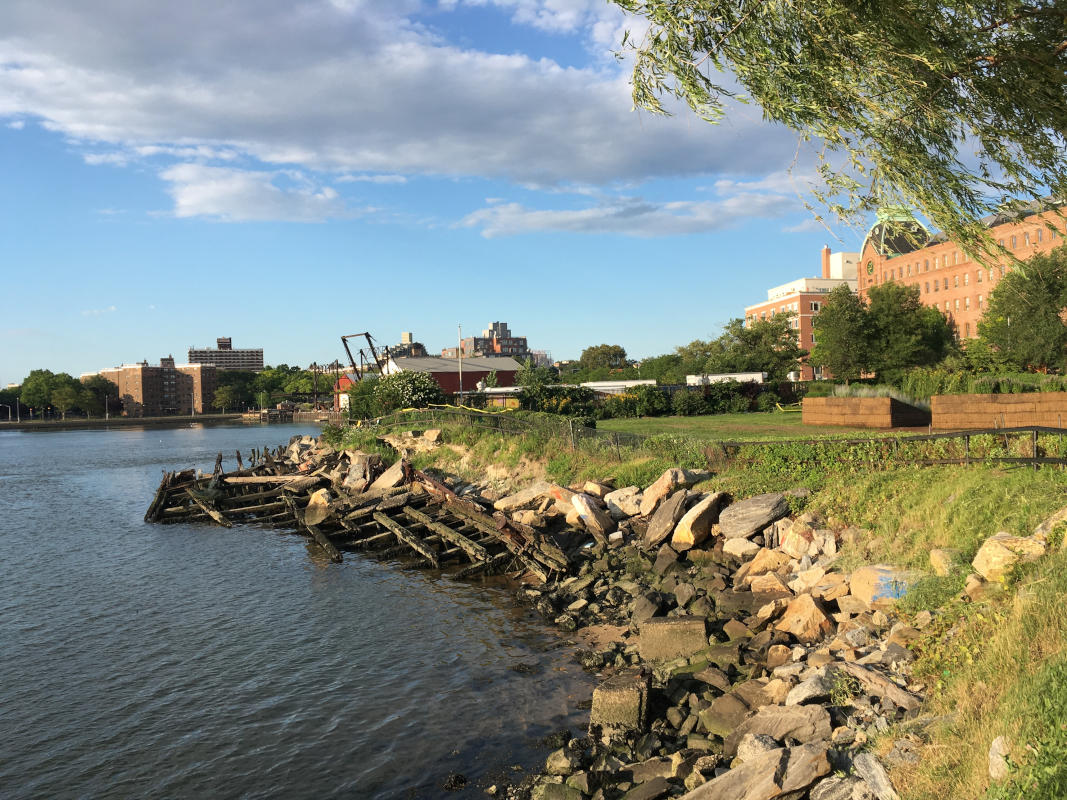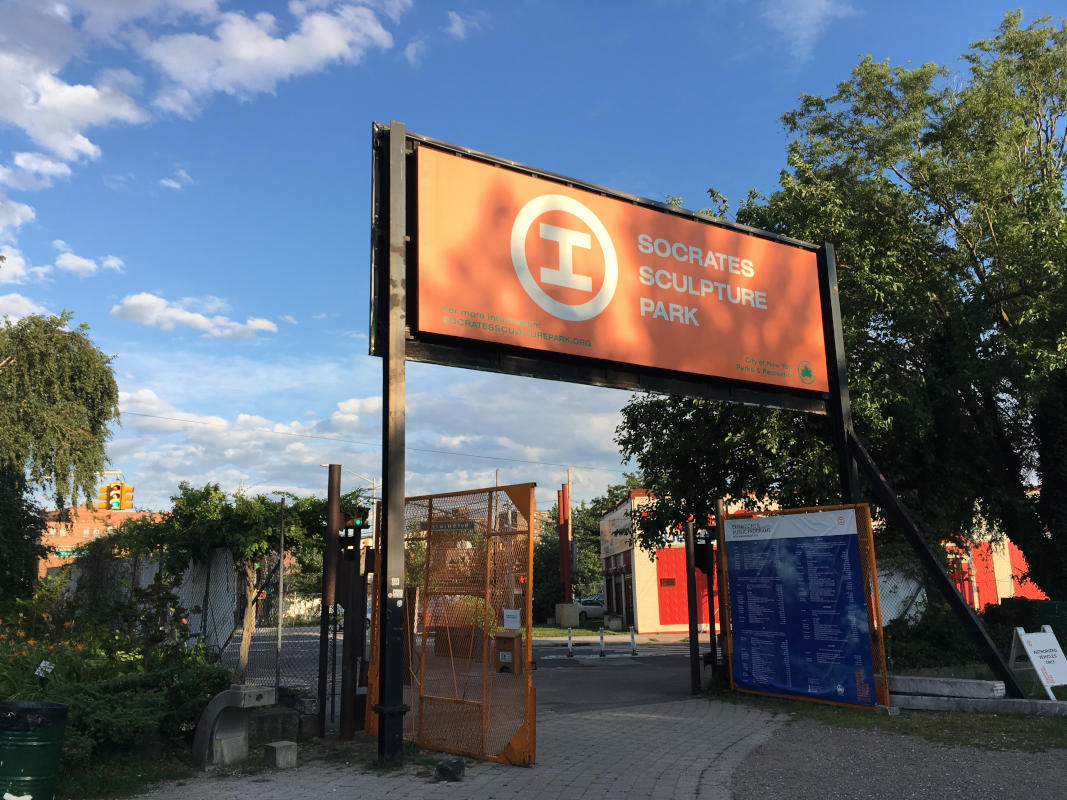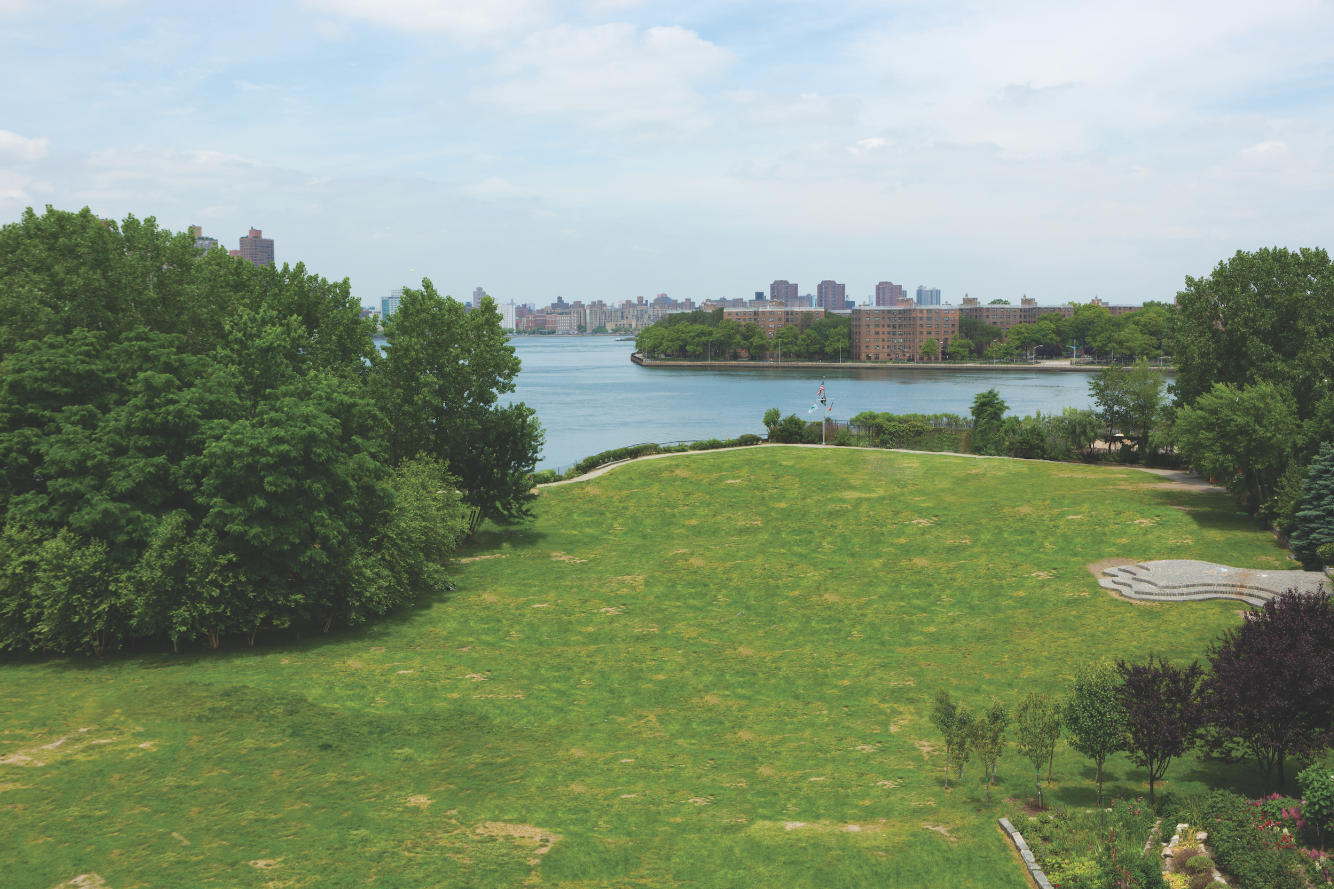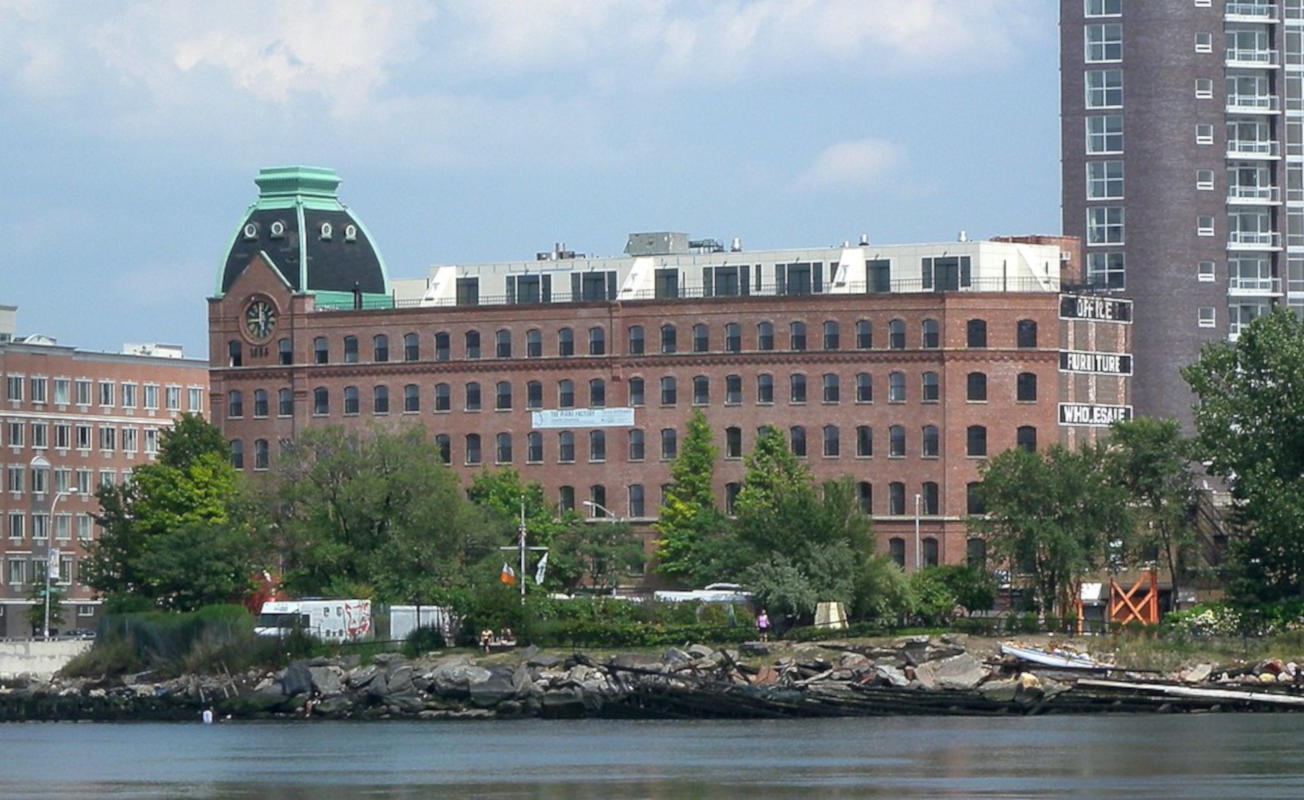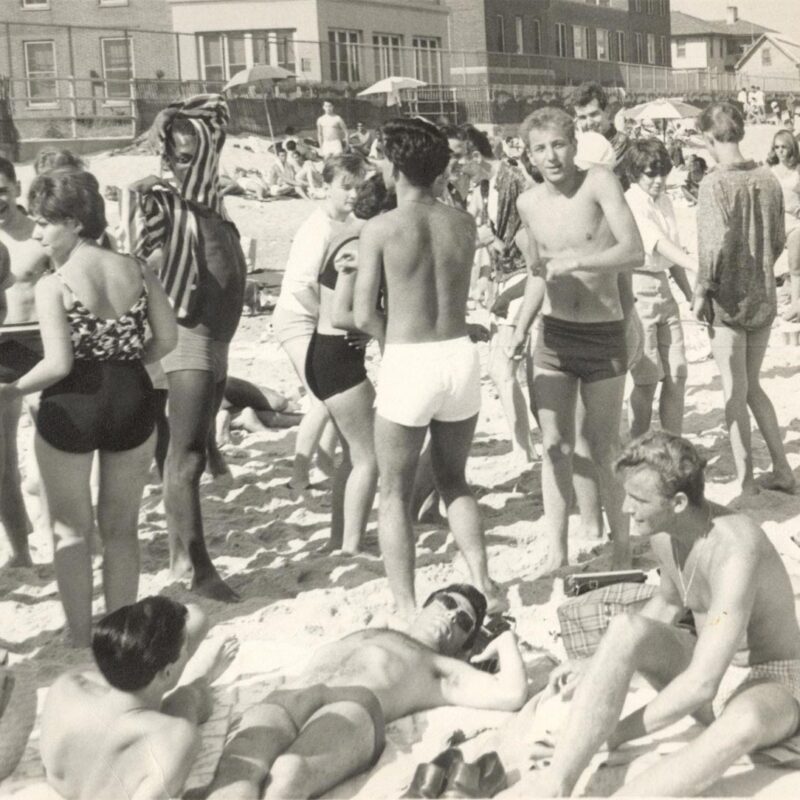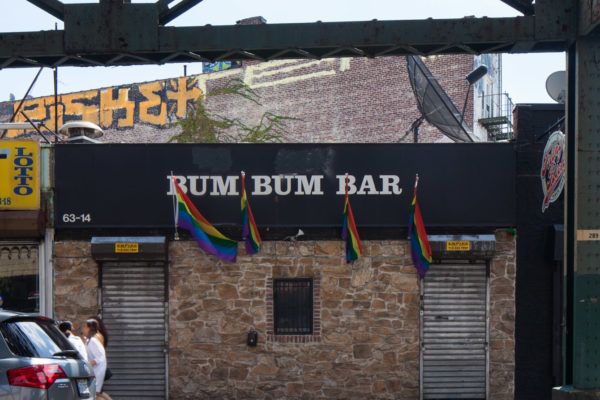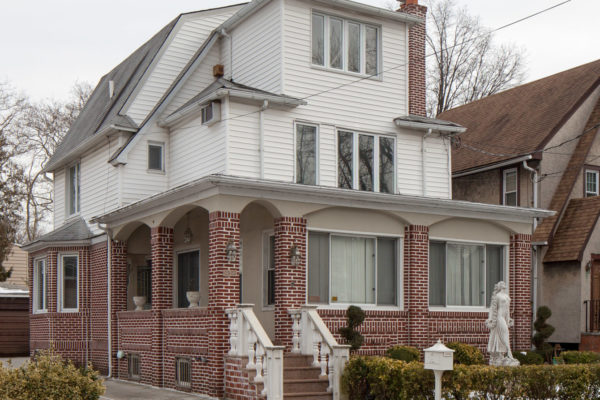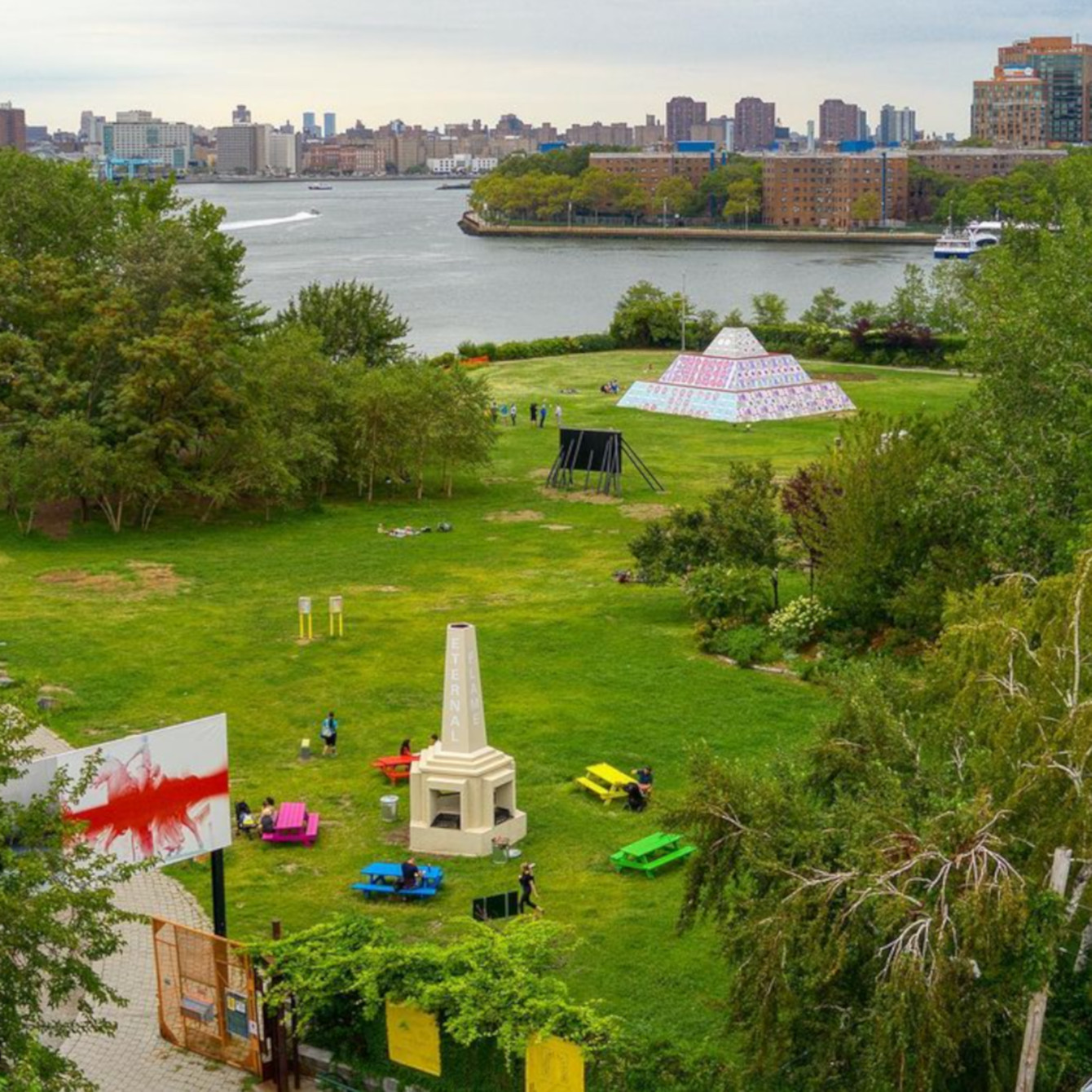
Socrates Sculpture Park
overview
Many New York City public parks and playgrounds are named in honor of prominent figures in New York City and American history.
Socrates Sculpture Park, in Astoria, Queens, inadvertently honors an LGBT individual.
On the Map
VIEW The Full MapHistory
Many New York City public parks and playgrounds are named in honor of prominent figures in New York City and American history. The NYC LGBT Historic Sites Project compiled a list of public parks and playgrounds named after gay men, lesbians, and bisexuals, several of which intentionally honor an LGBT individual. This list includes Socrates Sculpture Park in Queens.
The five-acre Socrates Sculpture Park is located on the East River shoreline of Astoria, Queens, across from the northern end of Roosevelt Island. It was historically part of the Queens industrial waterfront that later became abandoned and was used for illegal dumping for decades. Beginning in 1986, local sculptor Mark di Suvero, along with a coalition of artists and community members, began transforming the site into their vision as an outdoor sculpture laboratory and exhibition space. They named the park in tribute to the Greek-American community of Astoria, and also inadvertently for the LGBT history of Socrates. In 1990, Socrates Sculpture, Inc. was formed “to raise funds, oversee the arts programming, and manage the daily operations of the park.” The NYC Department of Parks and Recreation took jurisdiction of the park in 1993, and it was assigned as parkland in 1998. Socrates Sculpture Park today is considered an internationally renowned outdoor museum, as well as a welcome part of the Queens riverfront with public access.
According to Andrew Lear, Classical scholar with a specialty in gender and sexuality:
“Socrates is regarded as the father of philosophy. Like Jesus Christ and the Gautama Buddha, he was an oral sage and is known today entirely from the writings of his followers, in Socrates’ case principally Plato and the historian Xenophon. He is the principal character in many of these authors’ works, in which the male-male relations customary in ancient Greek society are an important theme. His personal sexual life is unrecoverable. Clearly, it was widely believed that he was the lover of the great Athenian politician, general, savior, and traitor Alcibiades, but Plato defends him against this rumor. Socrates’ view of these male-male relations also varies, depending on the author and work. But some of these works, particularly Plato’s Symposium, contain effusive praise of them, and in the Phaedrus Socrates regards them as the second highest passion, after the passion for beauty itself.”
Entry by Jay Shockley, project director (January 2022).
NOTE: Names above in bold indicate LGBT people.
Sources
Andrew Lear “Ancient Pederasty: an Introduction,” in A Companion to Greek and Roman Sexualities, Thomas K. Hubbard, edit. (Hoboken, NJ: Wiley-Blackwell, 2014), 102-127.
Andrew Lear, Socrates summary for the NYC LGBT Historic Sites Project, December 2021.
Daniel Campo, “The Enduring Outlier at Hallet’s Cove,” Urban Omnibus, December 1, 2016.
“Socrates Sculpture Park,” NYC Department of Parks and Recreation, on.nyc.gov/3qNVO9b.
“Socrates Sculpture Park: Mission and History,” Socrates Sculpture Park, bit.ly/3eIsgUK.
Do you have more information about this site?
This project is enriched by your participation! Do you have your own images of this site? Or a story to share? Would you like to suggest a different historic site?
